**READ THIS FIRST – Great Ocean Road Itinerary – Two Days Along the Coast**
The Great Ocean Road is one of the most famous Road Trips in Australia, visited by thousands of tourists throughout the year. Travelling across the rugged cliffs of the south eastern coast of Australia, it is most the popular road trip when travelling between Melbourne and Adelaide. Once you have finished exploring the incredible city of Melbourne, it is time to hit the road for some natural beauty.
Without a doubt, the best way to travel the Great Ocean Road is by camper van. Life on four wheels not only allows you to stop off at as many stops as you want but also whenever you want. By travelling in a campervan, you will also save you a fortune on accommodation costs, as it gives you the freedom to park up for free each night. Even though finding free camping sites along the Great Ocean Road can be hard, if you follow our helpful tips you will have no problem avoiding accommodation fees on your trip.
This is your ultimate guide to free camping Great Ocean Road, including what to pack, how to get there, where to stay and much more!
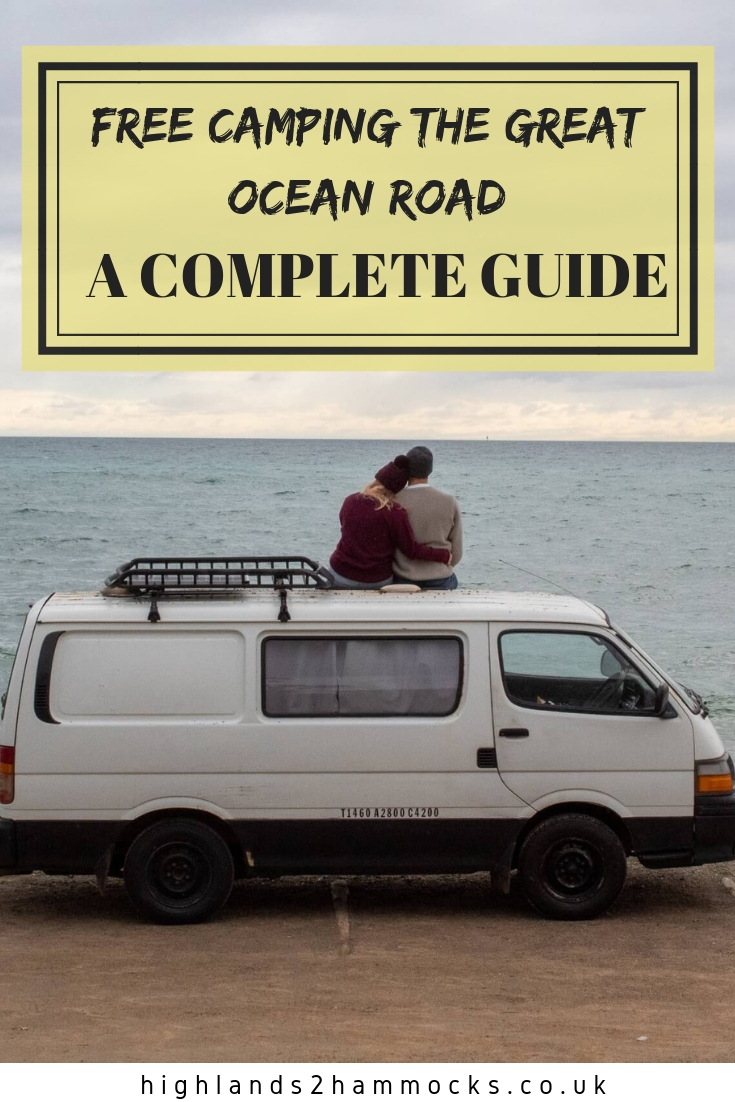
Listed below are all of the areas to wild camp along the Great Ocean Road. All of these areas will be discussed in greater detail in this article, including how to get there and what you can expect.
- Camping spots near Lorne
- Sharps Campground
- Allenvale Mill
- Camping Spots near Appollo Bay
- Aire Crossing
- Beauchamp Falls Reserve
- Stevensons Falls
- Camping Spots near the 12 Apostles
- Timboon Recreation Reserve
- Lake Elingamite
- Boggy Creek Reserve
Watch more Australia videos and guides on our Youtube Channel
Free Camping Great Ocean Road – A Complete Guide
What is the Great Ocean Road?
The Great Ocean Road trip starts at Torquay and ends in Allansford following the route B100. It is commonly driven west, from Melbourne to Adelaide and that is the route we will be taking you through today. Built to commemorate the fallen soldiers from the First World War, the 151 mile long Great Ocean Road is one of Australia’s most stunning coastal drives.
Free Camping on the Great Ocean Road
What is the Law on Free Camping in Victoria?
Wild camping is illegal in Australia, yet there are many people who still do it. This is mainly due to the definition of what “wild camping” truly means.
There is a difference between parking up on a street and camping in the middle of a community. This is heavily frowned upon by locals and will not be tolerated. Driving further out into the bush and camping in the middle of nowhere, however, now that is a different matter.
There are many campgrounds all around Australia, most of which are unofficial, off-the-beaten path spots that are generally accepted as park-up areas, which offer free camping for campervans. These areas can be found either by word of mouth or using online social platforms and apps.
In general, we have found that if you want to pull over on a quiet road after darkness has set, leave before the sun rises and leave no trace that you were there, you will be fine to park up for the night. Just make sure you pull well enough off the road and are out of sight.

Also Read – Great Ocean Road Itinerary – Two Days Along the Coast
What is the Best Free Camping Australia App?
As previously mentioned, there are a number of online sources that will tell you about the best places to wild camp around Australia. These platforms will inform you about the area, the facilities available, how to get there and if there are any charges involved. They also have a comments section, where fellow campers leave reviews and advise on the section, which means you are less likely to pull up somewhere and have a nightmare of a time.
As for the best App to use, we highly recommend downloading Wiki Camps for your phone. Wiki Camps is a very cheap, paid service, which allows you to view paid/free campsites all over Australia. It even allows you to filter these camping spots based on the facilities available, such as showers, water and even dumping points.

Where to Camp for Free on the Great Ocean Road
By using Wiki camps, we were managed to find a whole bunch of free camping around Victoria and along the Great Ocean Road. Depending where you are wanting to spend the night, as long as you head off the B100 Great Ocean Road, you are bound to find somewhere off track to stay. Here is a list of all of the spots we identified, which are free and highly rated.
Free Camping Spots Near Lorne
Sharps Campground
Cost – free
Facilities – suitable for Campervan and tents, no dogs, mobile reception, scenic walks, wildlife
Distance from Lorne – 15 minute drive
GPS Coordinates – 38°33’05.0″S 143°55’55.4″E
Allenvale Mill
Cost – free
Facilities – tents only, not accessible by car, no dogs, mobile reception, scenic walks, wildlife
Distance from Lorne – 5 minute drive
GPS Coordinates – 38°33’00.4″S 143°57’34.7″E

Free Camping Spots Near Apollo Bay
Aire Crossing
Cost – free
Facilities – campervans, caravans, trailers, tents, toilets, no drinking water, scenic walks, no dogs, motorbike access, scenic walks
Distance from Apollo Bay – 1 hour drive
GPS Coordinates – 38°42’09.0″S 143°28’43.1″E
Beauchamp Falls Reserve
Cost – free
Facilities – tents allowed and car park suitable for campervans, dogs allowed, toilets, BBQ, fire pit, picnic tables, scenic walk.
Distance from Apollo Bay – 1 hour drive
GPS Coordinates – 38°39’04.2″S 143°36’25.9″E
Stevensons Falls
Cost – free
Facilities – tents, campervans, trailers, caravans, dogs allowed, toilets, fire pit, picnic tables, scenic walk, slippery when wet, no drinking water.
Distance from Apollo Bay – 45 minute drive
GPS Coordinates – 38°33’49.0″S 143°39’22.9″E
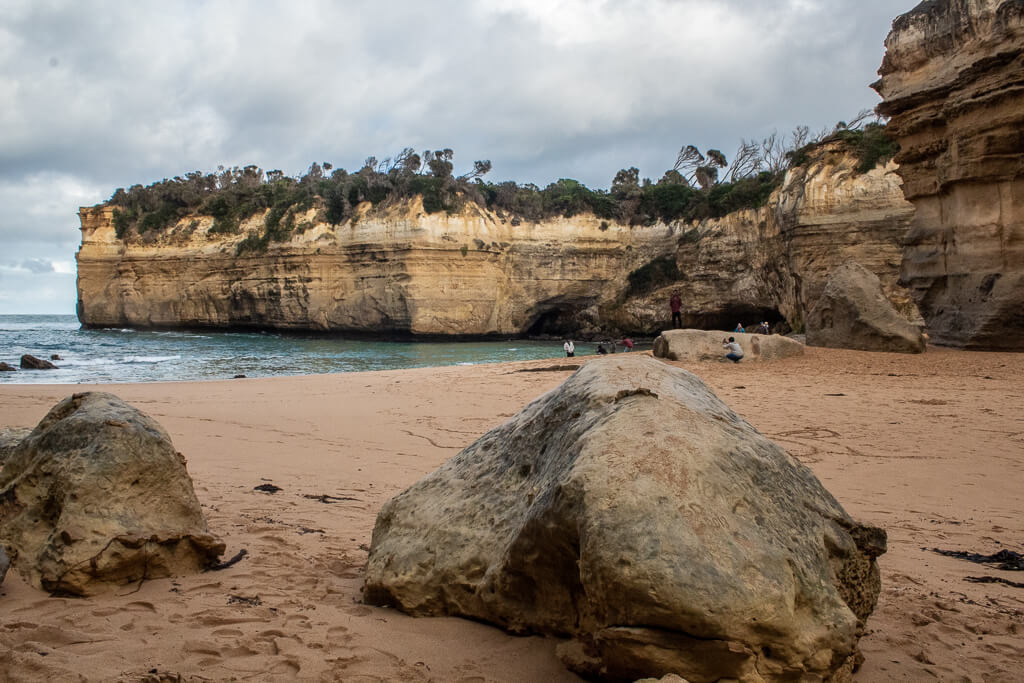
Dando’s Camp Ground
Cost – free
Facilities – tents, campervans, trailers, caravans, dogs allowed, toilets, picnic tables, scenic walk, fishing.
Distance from Apollo Bay – 1 hour drive
GPS Coordinates – 38°33’12.8″S 143°37’07.0″E
Goat Track
Cost – free
Facilities – tents, dogs allowed, fire pit, slippery when wet, 4WD only.
Distance from Apollo Bay – 1 hour drive
GPS Coordinates – 38°30’27.7″S 143°46’05.9″E
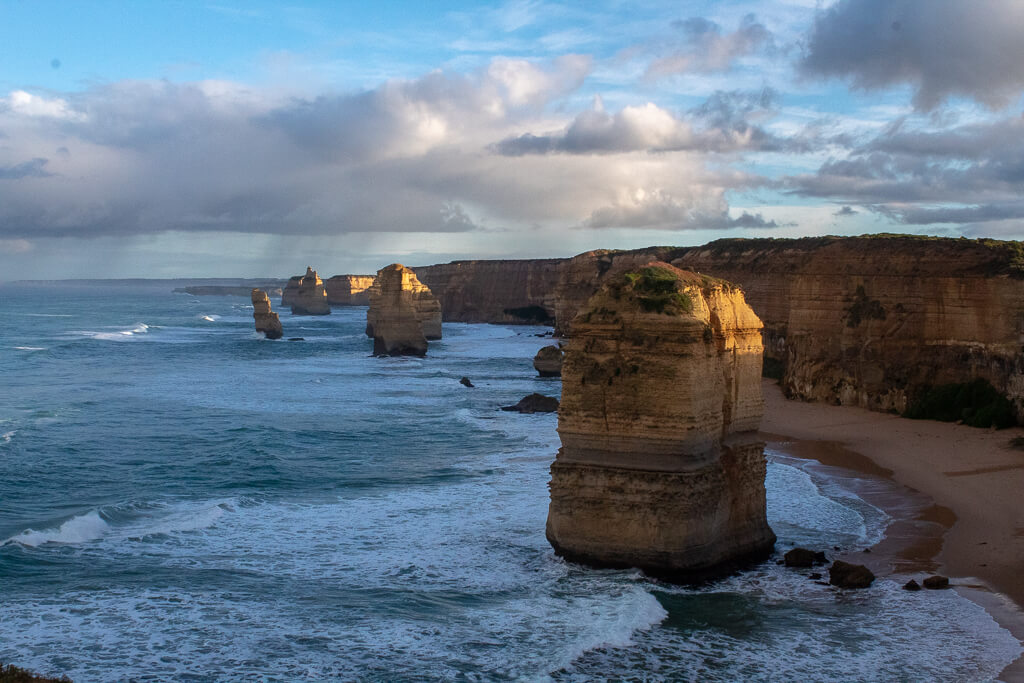
Free Campsites Near the 12 Apostles
Timboon Recreation Reserve
Cost – Donation Based
Facilities – tents, campervans, trailers, caravans, big bus, motorbike access, dump spot, dogs allowed, scenic walk, drinking water, toilets, hot shower, mobile reception, playground, bins.
Distance from The 12 Apostles – 30 minute drive
GPS Coordinates – 38°28’38.4″S 142°57’56.8″E
Lake Elingamite
Cost – Donation Based
Facilities – tents, campervans, trailers, caravans, big bus, dogs allowed, toilets, scenic walk, mobile reception, fishing.
Distance from The 12 Apostles – 45 minutes drive
GPS Coordinates – 38°20’51.8″S 143°00’53.1″E
Boggy Creek Reserve
Cost – free
Facilities – tents, campervans, trailers, caravans, dogs allowed, toilets, fire pit, BBQ, playground picnic tables, scenic walk, swimming, fishing, boat-ramp nearby, mobile reception, no drinking water.
Distance from The 12 Apostles – 30 minute drive
GPS Coordinates – 38°40’48.6″S 143°11’07.1″E
Despite the sometimes large amount time required to travel off track to these campgrounds, we would still recommend them over the overpriced campgrounds along this route. Some of the sites are donation based and are well worth paying a small, gold coin donation for in order to maintain them and keep them open. Having a hot shower and a cosy place to sleep for the night for only £5 is well worth it.
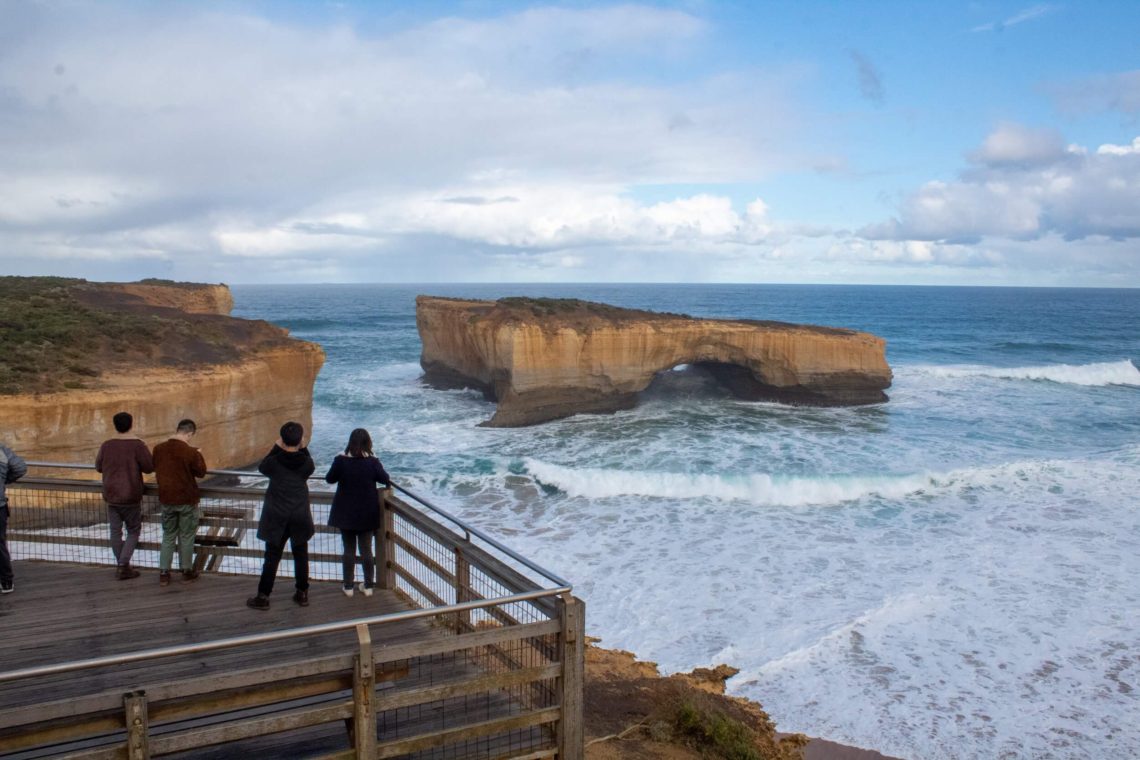
Also Read – Travel the World – Money Saving Tips
The Great Ocean Road’s Best Sights
Split Point Lighthouse
The first stop on your Great Ocean Road Trip will be Split Point Lighthouse. Technically this attraction is before the official sign for the start of the Great Ocean Road, however since you’ll be passing anyway as it is just outside Lorne, it’s worth the pull in.
There are beautiful walks around the cliffs or if you choose to, you can take the path down for a walk along the beach. If you are visiting in the winter months, make sure to look out to sea for the whales migrating.
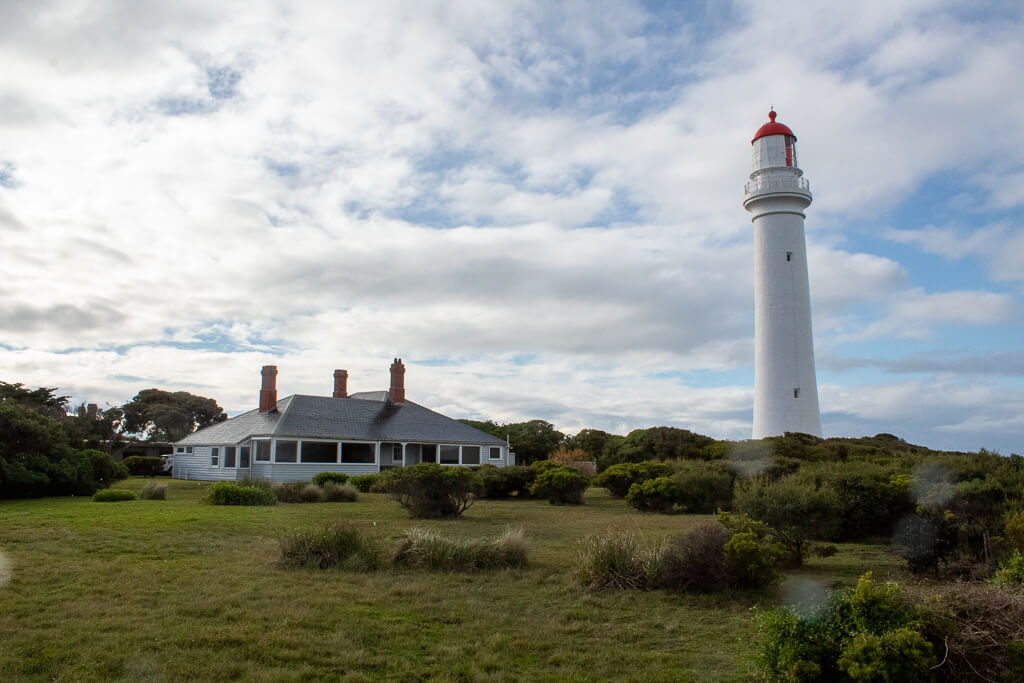
Erskine Falls
These beautiful falls are located not far from Split Point Lighthouse and take you away from the sea and into the jungle vibe. If there has been heavy rainfall in winter then you will really see the power this waterfall has.
For all the information you will need on your visit to Erskine Falls, read our full guide over here.
The Great Ocean Road has a whole host of other amazing waterfalls for you to explore, so why stop here. Check out the rest of the Great Ocean Road waterfalls and make it a trip to remember.
Teddy’s Lookout
A lookout spot of what you are about to dive into. The view from here shows you the beautiful winding road, hugging the coastline that you are soon to drive on your Great Ocean Road Trip.
Gibson Steps
Take a walk down the steps to the beach where you can look out to the start of the 12 Apostles. The waves here can be extremely powerful so make sure not to turn your back on them for too long or you might end up with wet feet!
View this post on Instagram
The 12 Apostles
The most famous stop on the Great Ocean Road. It is best to visit this spot at sunrise if you are looking to enjoy it peacefully. If you wait for sunset, you will be pushing your way through the crowds to take a photo.
Read our complete guide to the Twelve Apostles here for all the information you will need.
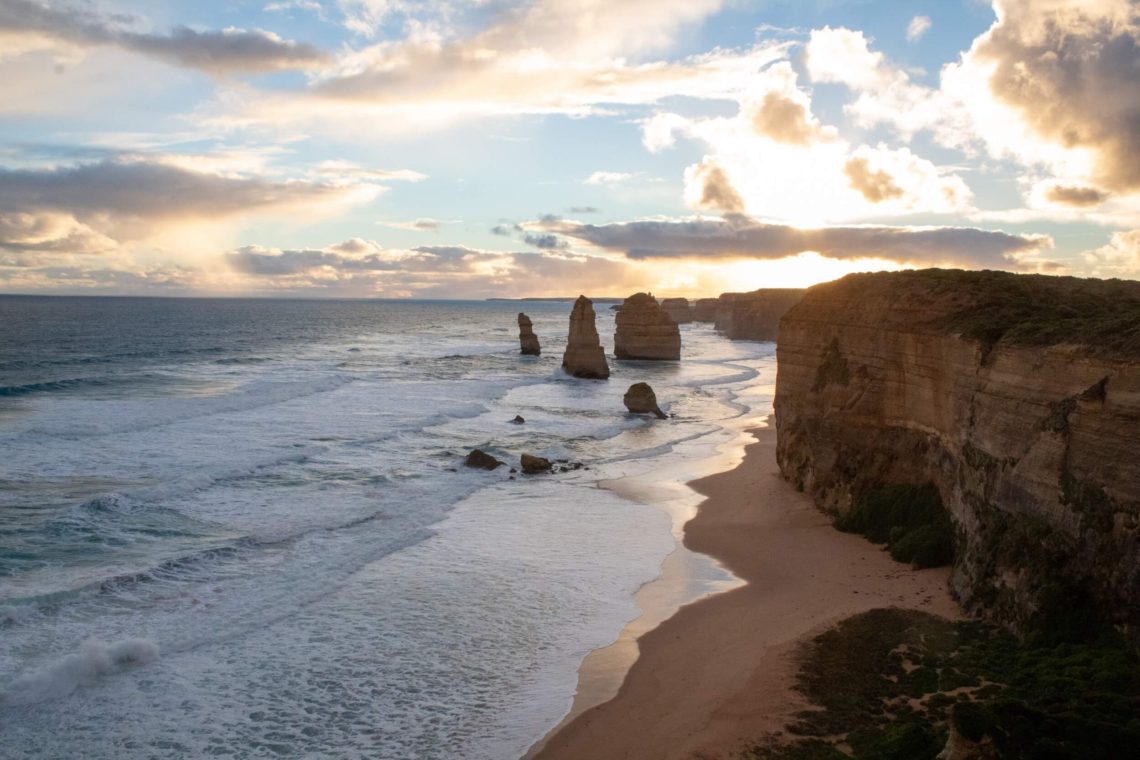
The Arch
Take a wander down to the lookout points and admire the waves crashing off the cliffs. The Arch is a section of rock where the under hanging has collapsed, leaving a distinct arch shape above. It is not difficult to see how this destruction happens, when you watched the size and power of the waves rolling in from the Antarctic Ocean.
London Bridge
Another popular spot on this road trip is London Bridge. This sight was previously attached to the mainland and formed a bridge however, due to erosion this unfortunately collapsed and has left a stack out at sea.
Bay of Martyrs
This is one of the most beautiful spots on the coast line of south east Australia. Here you can walk along the sandy beaches with the glistening water on one side and towering craggy cliffs on the other side.

Bay of Islands
From this lookout point you can get a panoramic view of the islands out at sea. If you are wanting photo opportunities, we can recommend getting these at Bay of Martyrs.
Before You Leave for the Great Ocean Road
Before you set off on your own camping along the Great Ocean Road trip, there are a few things you will need to get organised to make your adventure run smoothly. Since this guide is for wild camping in a car/van, we will also discuss where to rent each of these from. If you have a van or car of your own, skip right past that section.
Applying for an Australian Visa
If you have yet to leave for Australia then this is a section of interest for you. There are a LOT of different visa options for people arriving into Australia, from tourist visas to permanent residence visas. The most common visas, however, are the 3-month tourist visa and the Working Holiday Visa.
If you are only visiting Australia for a short period of time then a tourist visa is your best option. These are easily obtained and relatively cheap, costing roughly $140AUD, and allow you to stay in the country for up to 12months. These can be applied for on the government website here.
If you wish to work and travel in Australia, a working holiday visa is your best option. These cost around $480AUD and allow you to stay in Australia for up to 12months, whilst working and earning money to travel. This visa also gives you the opportunity to extend your stay in Australia by up to 24months by working in certain job sectors.
What to Pack for the Great Ocean Road
The best thing about road trips is the amount of storage space you will have to pack up for your trip. There is no need to worry about the weight or size of you backpack, so you can afford to splash out with the luxuries a little more. This is a list the main items that you will need to pack for camping along the Great Ocean Road.
Technology to Pack for the Great Ocean Road
One of the most important items to pack is a camera, the jaw dropping scenery is so photogenic. It is important to take note that between Gibson Steps and London Bridge, drones are not permitted due to the use of helicopters in this area.
Clothing to Pack for the Great Ocean Road
We all know that Australia gets warm during the summer, sometimes peaking above 40oC, however what a lot of people do not realise is just how cold it can get in the winter. Depending on the time year you do this road trip, you might be faced with the full force of freezing, Antarctic winds from the south or burning, desert winds from the north.
Regardless of what the season is, one thing is for sure. The most important thing to do when packing for your road trip is BE PREPARED. This means packing for both hot summer winds and freezing winter rain.
If you do decide to tackle the Great Ocean Ropad in winter, you will need lots of warm clothing, hats, gloves, scarves etc., and you will need hot water bottles for your van.
As for footwear, there is a lot of walking involved in the Great Ocean Road, therefore comfortable shoes are a must. If you are there in winter we would advise having a pair of boots as the sea breeze can get quite chilly!
Food to Pack for the Great Ocean Road
To make your camping trip a lot easier and cheaper, we would advise that you bring some gas and a stove. That way you can cook up your meals on the go and spend less time and money on eating out.
There are not many cheap supermarkets along The Great Ocean Road so it is worth stocking up a the last available supermarkets in Torquay if you are heading west or in Warnnambool.
Whilst in the van, we generally cook simple, tasty meals using foods that are less likely to perish. Van life has found us following a predominantly vegetarian lifestyle, as we found it not only to be cheaper, but also found it very difficult to keep meat fresh whilst camping in Australia.
We therefore recommend stocking up on loads of tinned and dried foods that are easy to store and don’t require refrigeration.
If you are looking for some delicious camping food inspiration, read all of our best camping recipes that are guaranteed to warm your belly.
Also Read – Melbourne Food Blog: The Foodies Guide to Melbourne
What Insurance to Get for Your Australia Trip
As with any adventure, when travelling Australia you will want to get yourself some travel insurance. The idea of forking out money for something as dull as insurance is never fund. However, if you are not covered, the consequences for your loved ones, should something happen to you, are simply not worth thinking about.
Take the stress out of your trip and use the backpacker friendly, travel insurer that we use, World Nomad’s Travel Insurance. This provider not only provides excellent cover at cheap rates, but the understanding customer service agents make claiming whilst on the road a breeze.
Get your own quote for travel insurance right here and get covered.
Also Read – The “Joys” of Camping (and Why We Love It!)
How to Get Around the Great Ocean Road
When to Tour the Great Ocean Road
Being one of the most popular road trips in Australia, the Great Ocean Road will be incredibly busy during the summer months. Whether it is tourbuses, cars and tents or camper vans, the roads will be full of people wanting to see the beautiful sights. Despite this, the warm weather and incredible sights will still make these busy crowds worth it.
If, however, you do not fancy elbowing your way through crowds to get a glimpse the 12 Apostles, then winter is also a fantastic time to do this road trip. More specifically, the shoulder season of the end of autumn and the beginning of winter is a good time to go.
During the late autumn months, the temperature has not quite reached the lows of winter and the rains have not quite arrived yet, however the route is still noticeably quieter. We decided to tour the Great Ocean Road in winter and it was the perfect time of year to admire the beauty of the route.
With regards to the time of day to see each of the sights, we would highly recommend an array of early mornings should be how you tour this route. Sunrises are inherently quieter, more peaceful and most of the time drier (as the sun hasn’t brought forth the rain clouds yet). We recommend an early morning, an afternoon nap in your van when the rain hits and then a stunning sunset to finish off the day.
Also Read – A Guide to Wild Camping
How to Buy a Campervan for the Great Ocean Road
If you want to explore the Great Ocean Road at a more leisurely pace, buying a campervan might be your best bet! We did this with out little Hiace, Roxy, and made the most of this epic coastal route. We now also live in this van, saving thousands on accommodation costs.
Read our full guide to buying a campervan in Australia for all the information you will need.
Where to Rent Your Van in Australia
Once you’ve decided that a campervan is how you want to travel, it’s time to find a van. There are many campervan rental companies all over Australia. Depending on how long you are travelling for, you may be cheaper to buy your own campervan as some of the hire companies will be quite expensive. Here are some camper van rental companies in Australia.
If you are wanting to buy a campervan of your own (which we highly recommend #vanlife), the links below are some sources we browsed when looking for our wee Roxy.
- Gumtree
- Facebook Market Place
- Backpacker campervans for sale Australia
- Campervan Sales Australia
- Motorhome, RV And Campervan Sales Australia

So there you have it, your full guide to camping for free and still hitting the top tourist spots on the Great Ocean Road. If you have recently hit the open road yourself and have any recommendations of other apps, make sure to share them below for your fellow campers to see. Did you find the campsites okay? Do you enjoy free camping yourself? Let us know in the comments below!
Remember, sharing is caring, so if you enjoyed this article then hare it with your friends and family so they too can enjoy the beauty of the Great Ocean Road.
Check out our other Australia content and get planning your own ultimate road trip around the continent. If you used this guide to help you plan your camping on the Great Ocean Road, let us know how you found it. You can catch up with us over on our social channels to see where we currently are, and tag us in your photos to show us you enjoying the wonders of the Great Ocean Road!
Read Now:
- The Most Instagrammable Places in Melbourne – The Ultimate Guide
- Melbourne Food Blog: The Foodies Guide to Melbourne
- The Ultimate Melbourne Itinerary – Five Days in the City
This article may contain affiliate links that provide us with a small income. For more information read our Affiliate page.
Pin it for later!
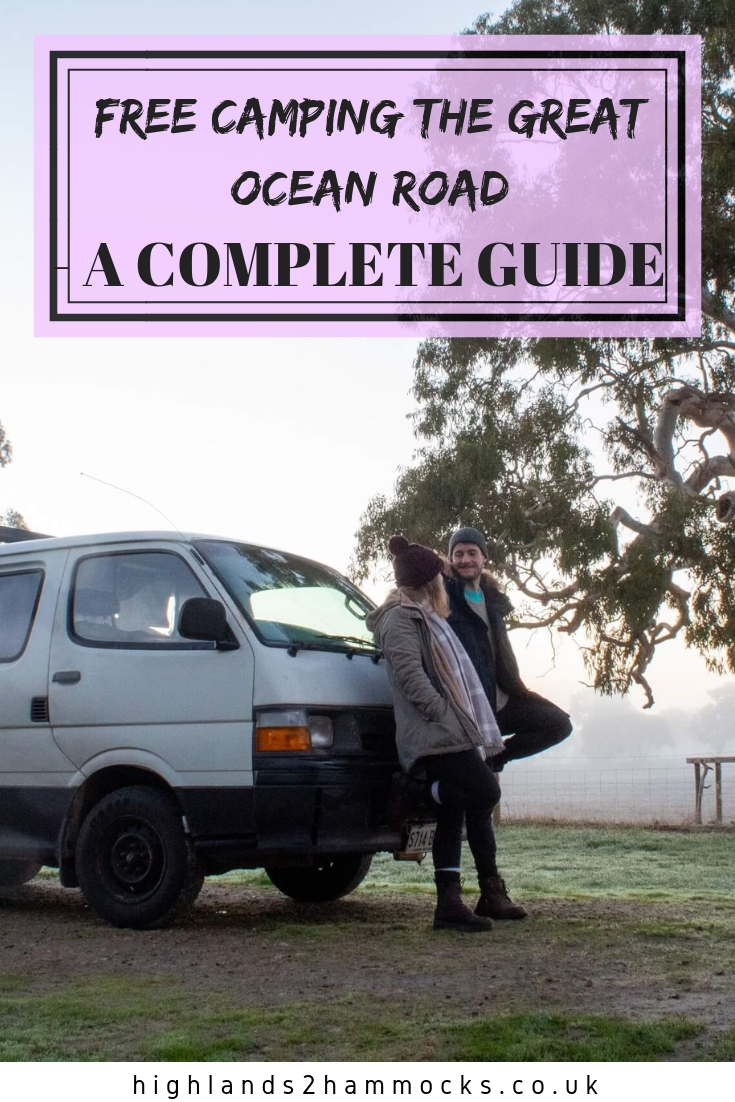
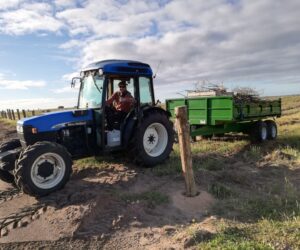
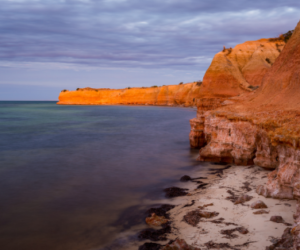
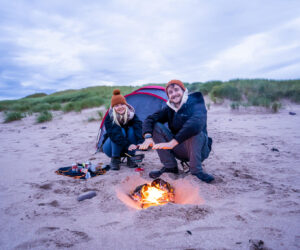
Great list! I’ve been looking for free camping spots along the Great Ocean Road, and your detailed descriptions are super helpful. Excited to try some of these locations on my next trip! Thanks for sharing!
This is an amazing resource for anyone looking to explore the Great Ocean Road! I can’t believe how many free camping spots there are along the route. Can’t wait to check out some of these hidden gems on my next trip. Thanks for sharing!
This post is a fantastic resource! I’ve always wanted to explore the Great Ocean Road, and the free camping options make it even more appealing. The tips on each site are really helpful. Can’t wait to hit the road and experience it firsthand! Thank you for sharing!
What a fantastic list! I’m excited to explore some of these free camping spots along the Great Ocean Road. Your detailed descriptions and tips are super helpful. Can’t wait for my next adventure!